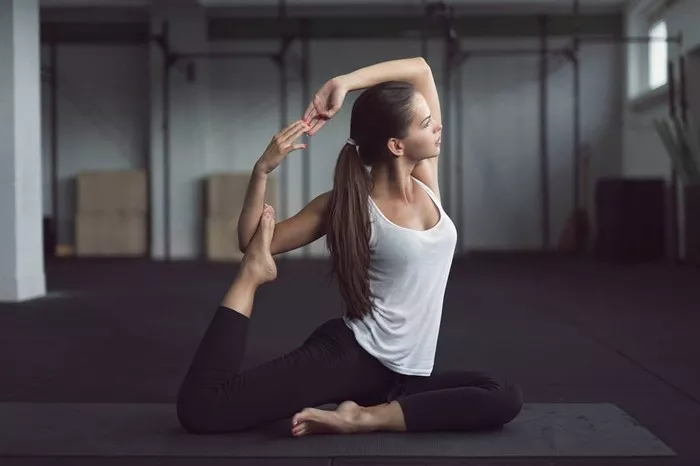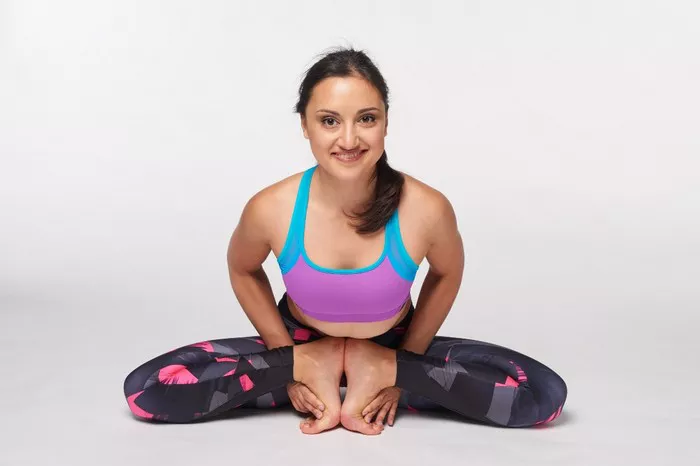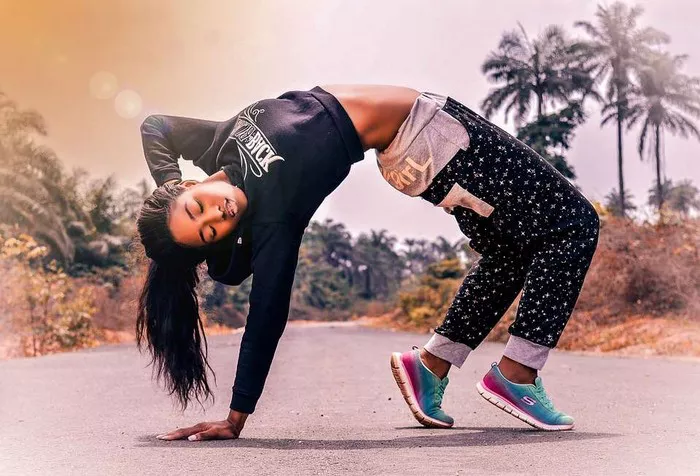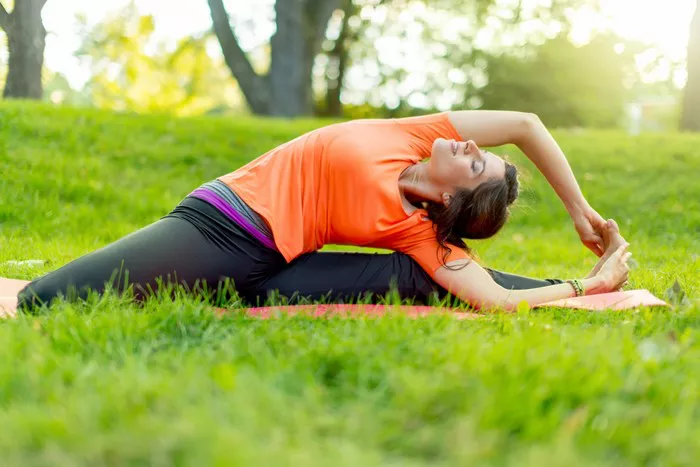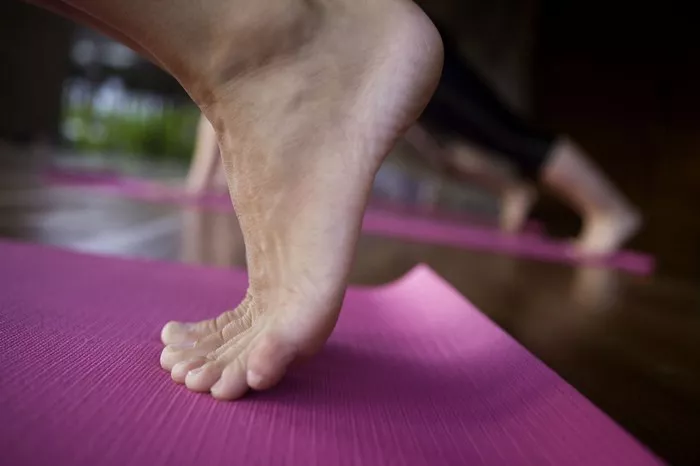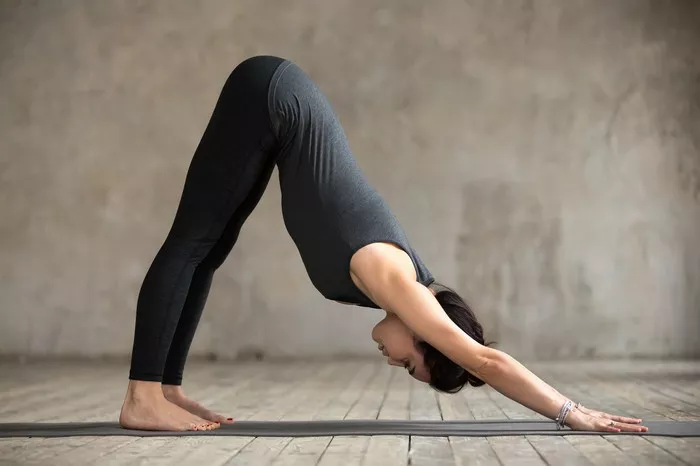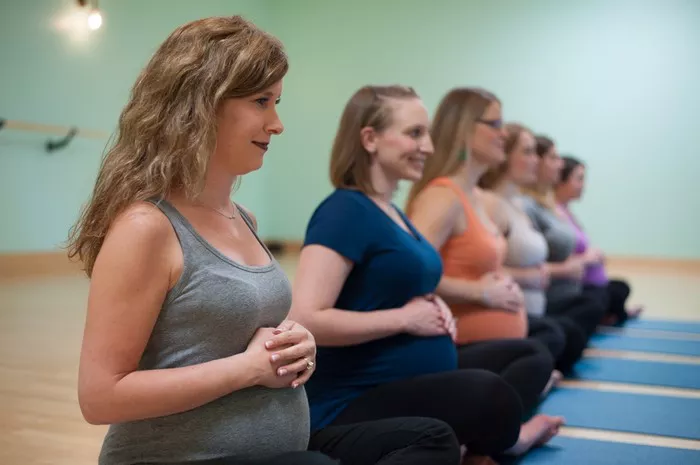Bikram yoga, a popular form of hot yoga, is known for its sequence of 26 postures and two breathing exercises performed in a room heated to 105°F (40.6°C) with a humidity of around 40%. The combination of heat, focused breathing, and precise movements aims to increase flexibility, strength, and mental clarity. As Bikram yoga has gained popularity worldwide, practitioners often have questions regarding the logistics of the practice, including whether or not they should wear shoes.
This article will explore the question of whether shoes are necessary or recommended for Bikram yoga. We will cover several factors including the nature of the practice, the benefits of practicing barefoot, safety considerations, and personal preferences, all with the aim of providing a comprehensive understanding of what you should expect in a Bikram yoga class when it comes to footwear.
What is Bikram Yoga?
Before diving into the shoe debate, it’s important to briefly understand what Bikram yoga is. Bikram yoga is a form of hot yoga that was developed by Bikram Choudhury in the early 1970s. It consists of a set series of 26 postures and 2 breathing exercises, which are designed to stretch and strengthen the body, improve circulation, and detoxify the body through sweat. The practice takes place in a room heated to 105°F (40.6°C) with 40% humidity, which allows for deeper stretching and a more intense physical workout.
The Importance of Barefoot Practice in Bikram Yoga
The vast majority of Bikram yoga practitioners perform their practice barefoot, and there are several important reasons for this. Let’s take a closer look at why shoes are generally not worn during Bikram yoga classes.
1. Enhanced Grip and Stability
Bikram yoga includes several balancing poses and postures that require a good sense of connection with the floor. Practicing barefoot allows you to maintain better stability and grip, which is critical for achieving the proper alignment in many poses.
In poses such as Tree Pose (Vrksasana) or Standing Balance Pose (Dandayamana-Dhanurasana), you need to engage the muscles in your feet and toes to maintain balance. Shoes can hinder your ability to grip the floor with your toes and might limit your ability to activate your foot muscles fully, which can lead to imbalances or even cause you to lose your footing.
Moreover, in a hot and humid environment, sweat can make surfaces slippery, and shoes may not provide the necessary traction to maintain your balance. Being barefoot allows you to use the natural texture and sensation of the floor to help stabilize your body.
2. Increased Flexibility and Range of Motion
One of the key benefits of Bikram yoga is the increased flexibility it brings. Practicing barefoot facilitates a greater range of motion in the feet and ankles, which is essential for achieving some of the deeper stretches and postures in the practice.
Many of the standing poses in Bikram yoga require the practitioner to bend deeply at the knees, elongate the spine, and stretch the lower limbs. Shoes, particularly those with a thick sole or rigid structure, can restrict the natural movement of your foot and ankle joints. Bare feet, on the other hand, allow for greater mobility and flexibility in the toes, arches, and ankle joints, helping you to engage and stretch these muscles more effectively.
In postures like Standing Head to Knee (Dandayamana-Janushirasana) or Standing Bow Pulling Pose (Dandayamana-Dhanurasana), where you need to maintain a firm grip on your foot, being barefoot also allows you to achieve deeper stretches without interference from footwear.
3. Improved Alignment
Proper alignment is a crucial aspect of Bikram yoga. Aligning your body correctly ensures that you are engaging the right muscles and minimizing the risk of injury. When you practice barefoot, it is easier to pay attention to the placement of your feet in each posture.
In poses such as Awkward Pose (Utkatasana) or Half Moon Pose (Ardha Chandrasana), where your feet play a critical role in maintaining balance and structure, being barefoot helps you feel whether your weight is distributed evenly through your feet or if you’re leaning forward or backward. Shoes can mask this feedback and make it more difficult to fine-tune your alignment.
4. Connection with the Ground
Yoga, in general, is a practice that encourages mindfulness and a connection with the present moment. Being barefoot enhances this connection by allowing you to feel the floor beneath you and ground your energy more deeply. The tactile sensation of your feet touching the ground provides immediate feedback, helping you to be more conscious of your body’s movements and positioning.
In Bikram yoga, where the room is heated, your body is often sweating profusely. This sweat, combined with the sensation of your feet against the floor, promotes awareness and mindfulness as you navigate through the postures. Shoes, on the other hand, create a barrier between you and the floor, which can limit this connection.
Are There Any Cases Where Shoes Might Be Worn?
Although Bikram yoga is traditionally performed barefoot, there are certain instances where practitioners might choose to wear footwear. These include:
1. Foot Injuries or Sensitivity
Some individuals may have specific foot conditions, injuries, or sensitivities that require them to wear shoes during their practice. For example, people with plantar fasciitis, bunions, or other foot issues may experience discomfort or pain when practicing barefoot. In these cases, wearing shoes or specialized foot support such as yoga socks with grip can help provide the necessary protection and alleviate discomfort during class.
Yoga socks, which have rubberized soles, are a common alternative for people who need additional support or feel uncomfortable practicing completely barefoot. These socks are designed to offer traction and prevent slipping while still allowing flexibility in the feet and toes.
2. Hygiene Concerns
While Bikram yoga studios are typically well-maintained, some individuals may feel more comfortable wearing shoes due to hygiene concerns, especially in high-traffic studios or public spaces. Some practitioners may also feel more at ease in footwear if they have concerns about sweat and bacteria on the floor, particularly in shared studio spaces.
If you choose to wear shoes, it’s essential to ensure that they are lightweight, flexible, and breathable to avoid limiting your movement. Some studios may have guidelines about footwear, so it’s a good idea to check with the studio before attending class.
3. Personal Preferences
In some cases, personal preferences may lead individuals to wear shoes. Some students may feel psychologically more comfortable in shoes, particularly if they are new to the practice or have previously associated yoga with footwear. However, it is generally recommended to try a few sessions barefoot to fully experience the benefits of the practice.
What About Hot Yoga and the Role of Footwear?
Bikram yoga falls under the broader category of hot yoga, which is practiced in a heated room to promote detoxification and flexibility. Many other forms of hot yoga also encourage practitioners to practice barefoot for similar reasons.
While some variations of hot yoga might allow or even encourage specific footwear like water shoes or non-slip yoga socks, Bikram yoga remains a strictly barefoot practice, as it supports the principles of connection, alignment, and sensory awareness.
Conclusion
The question of whether to wear shoes in Bikram yoga is straightforward: no, shoes are not typically worn in Bikram yoga. Practicing barefoot allows for better grip, alignment, and flexibility, all of which are key elements of the practice. It also promotes a deeper connection with the ground and enhances mindfulness. However, for individuals with foot injuries, sensitivities, or hygiene concerns, yoga socks with grips or specific footwear can be an alternative.
If you’re new to Bikram yoga, it’s a good idea to give barefoot practice a try. Most practitioners find that being barefoot in a hot, humid room enhances their overall experience and performance. Nevertheless, always prioritize your personal comfort and safety. If you have special considerations, discuss them with your instructor and consider the best option for your practice.
Ultimately, the absence of shoes in Bikram yoga is not just about comfort or tradition; it’s about optimizing your physical performance and mental focus, allowing you to fully engage in this transformative and rejuvenating practice.
Related Topics:

